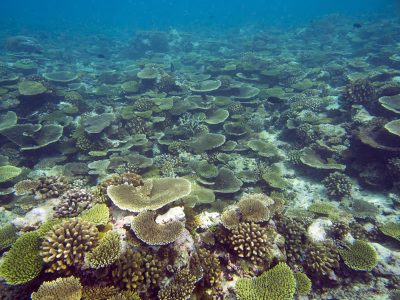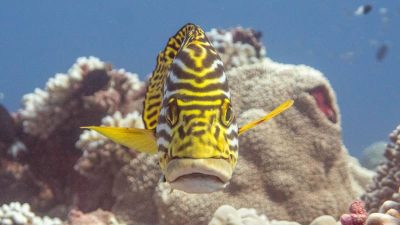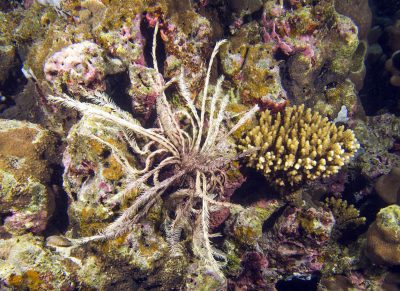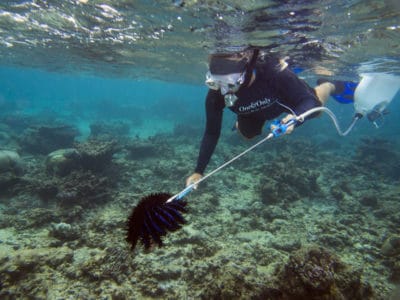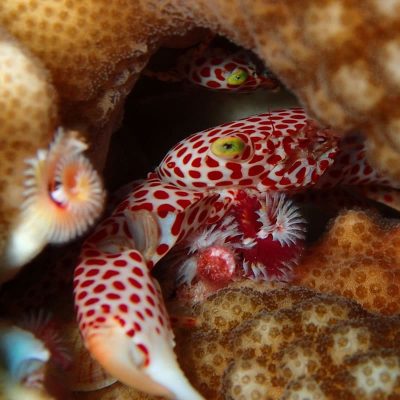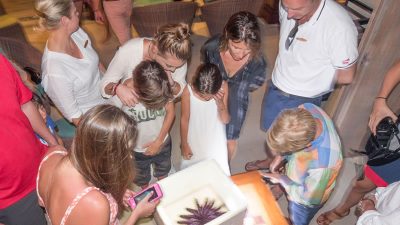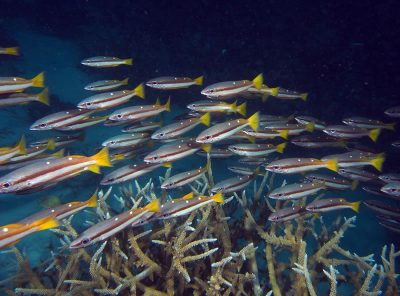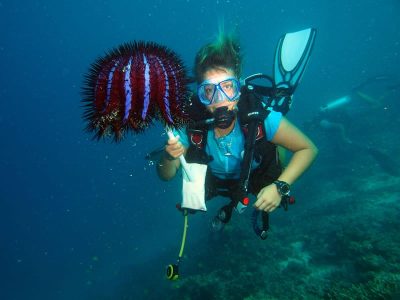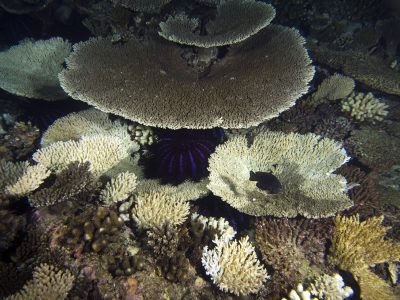
COTS Control, Collection, and Conservation
Expedition Log: Maldives – Day 18 Over a short three-week period, our team of four scientists collected over 7,500 crown of thorns starfish (COTS) from three locations off North Malé Atoll and South Malé Atoll in the Maldives. While this

